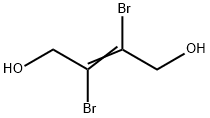| Supplier |
Tel |
Email |
Country |
ProdList |
Advantage |
|
|
+86-029-81138252
+86-18789408387 |
1057@dideu.com |
China |
3910 |
58 |
|
|
+86-13131129325 |
sales1@chuanghaibio.com |
China |
5872 |
58 |
|
|
+86-0531-8875-2665
+8613153039501 |
info@deshangchem.com |
China |
662 |
58 |
|
|
+86-(0)57185586718
+86-13336195806 |
sales@capot.com |
China |
29730 |
60 |
|
|
+86-0371-55170693
+86-19937530512 |
info@tianfuchem.com |
China |
21630 |
55 |
|
|
008657128800458;
+8615858145714 |
FandaChem@Gmail.com |
China |
4220 |
55 |
|
|
+86-0371-86658258
+8613203830695 |
sales@coreychem.com |
China |
29862 |
58 |
|
|
+86-531-88989536
+86-15508631887 |
sales@finerchem.com |
China |
2956 |
58 |
|
|
86-13657291602 |
linda@hubeijusheng.com |
CHINA |
22963 |
58 |
|
|
+86-023-6139-8061
+86-86-13650506873 |
sales@chemdad.com |
China |
39894 |
58 |





